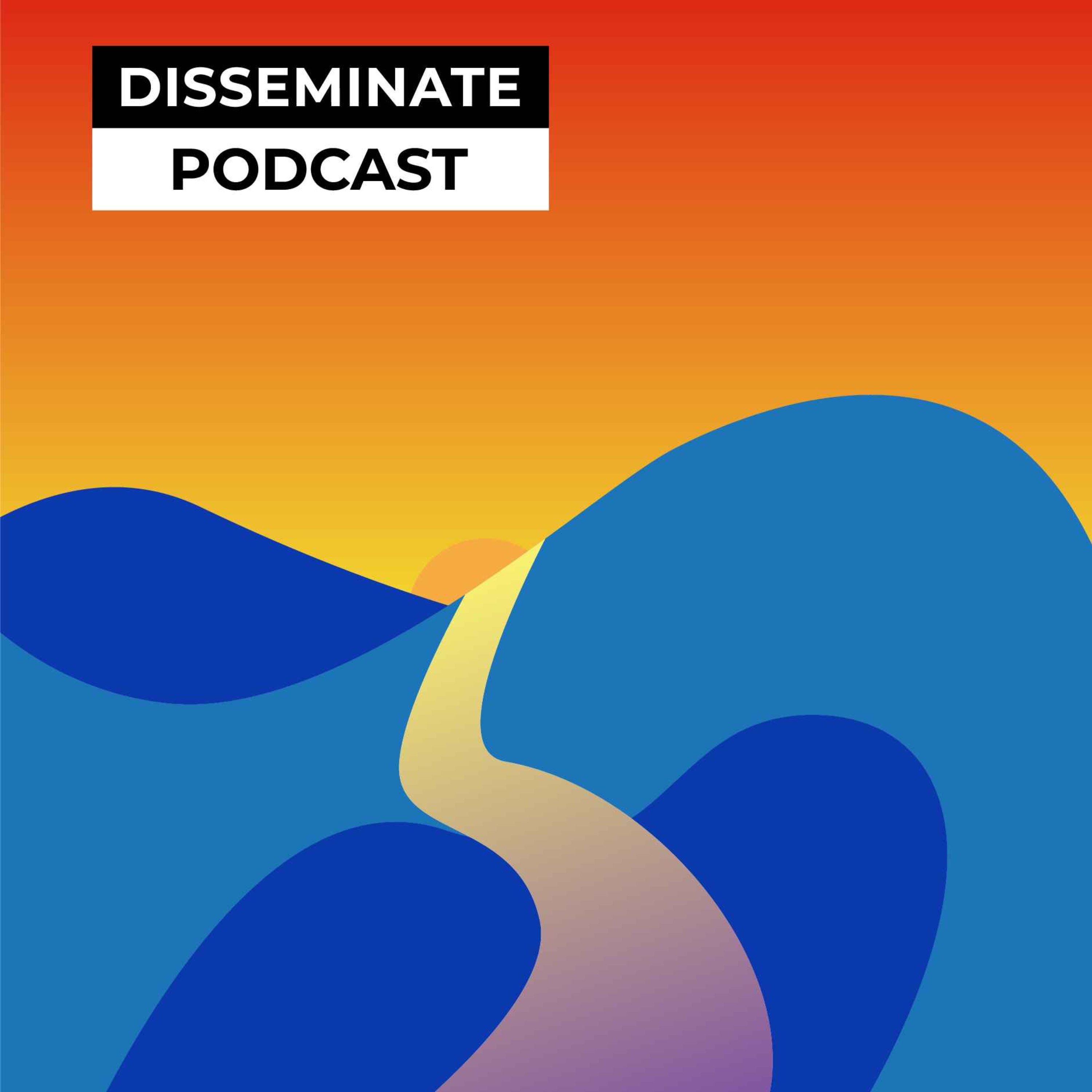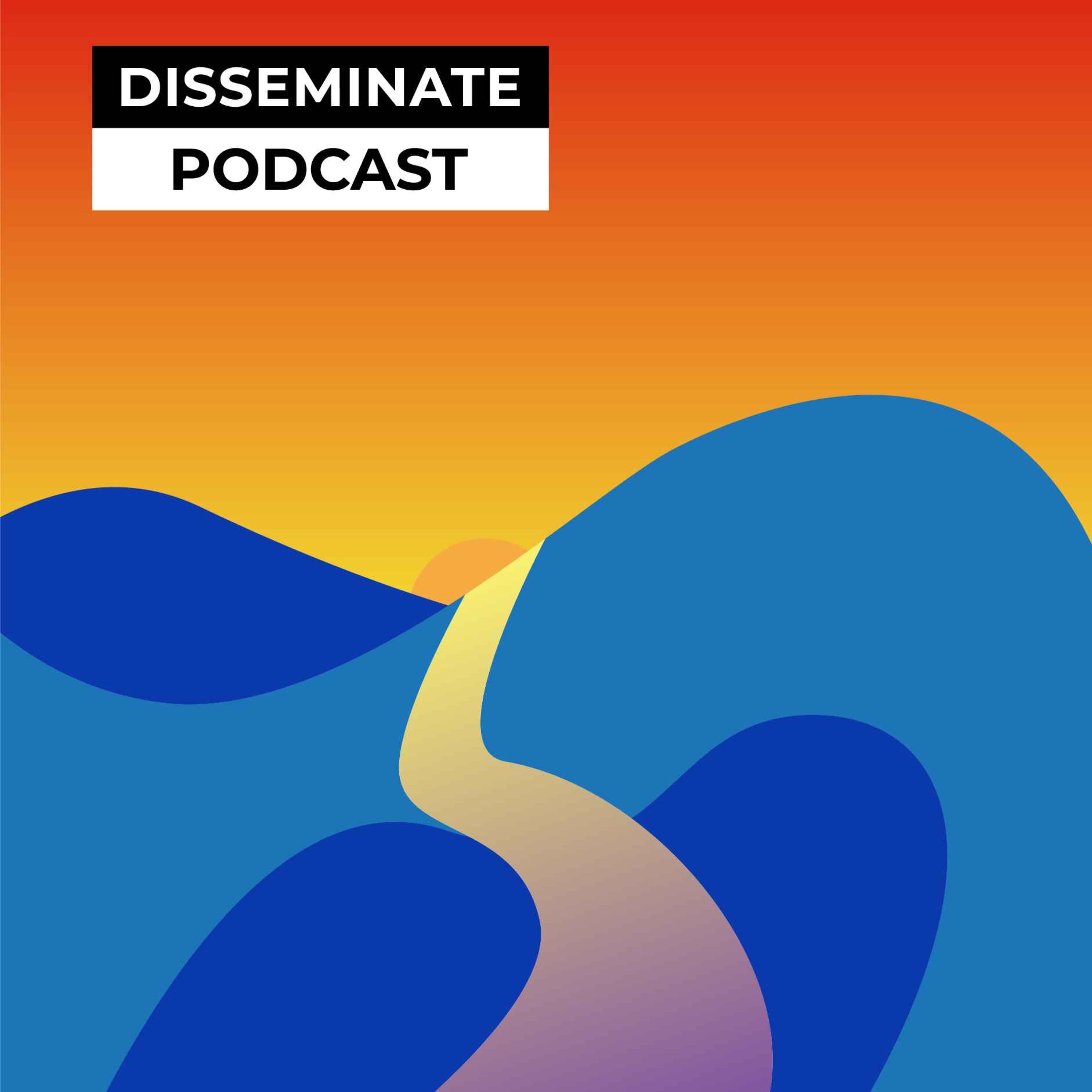Share

Disseminate
High Impact in Databases with... Ryan Marcus
Season 7, Ep. 2
•
Welcome to the first episode of the High Impact series!
The High Impact series is inspired by a blog post “Most Influential Database Papers" by Ryan Marcus and today we talk to Ryan! Tune in to hear about Ryan's story so far. We chat about his current work before moving on to discuss his most impactful work. We also dig into what motivates him and how he handles setbacks, as well as getting his take on the current trends.
The podcast is proudly sponsored by Pometry the developers behind Raphtory, the open source temporal graph analytics engine for Python and Rust.
Links:
More episodes
View all episodes

15. Harry Goldstein | Property-Based Testing | #55
49:13In this episode, we chat with Harry Goldstein about Property-Based Testing (PBT). Harry shares insights from interviews with PBT users at Jane Street, highlighting PBT's strengths in testing complex code and boosting developer confidence. Harry also discusses the challenges of writing properties and generating random data, and the difficulties in assessing test effectiveness. He identifies key areas for future improvement, such as performance enhancements and better random input generation. This episode is essential for those interested in the latest developments in software testing and PBT's future.Links:ICSE'24 Paper Harry's websiteX: @hgoldstein95
4. High Impact in Databases with... Raghu Ramakrishnan
23:56In this High Impact episode we talk to Raghu Ramakrishnan.Raghu is CTO for Data and a Technical Fellow at Microsoft. Tune in to hear Raghu's story and learn about some of his most impactful work.The podcast is proudly sponsored by Pometry the developers behind Raphtory, the open source temporal graph analytics engine for Python and Rust.
14. Gina Yuan | In-Network Assistance With Sidekick Protocols | #54
55:25Join us as we chat with Gina Yuan about her pioneering work on sidekick protocols, designed to enhance the performance of encrypted transport protocols like QUIC and WebRTC. These protocols ensure privacy but limit in-network innovations. Gina explains how sidekick protocols allow intermediaries to assist endpoints without compromising encryption.Discover how Gina tackles the challenge of referencing opaque packets with her innovative quACK tool and learn about the real-world benefits, including improved Wi-Fi retransmissions, energy-saving proxy acknowledgments, and the PACUBIC congestion-control mechanism. This episode offers a glimpse into the future of network performance and security.Links:NSDI'2024 PaperGina's HomepageSidekick's Github Repo
3. High Impact in Databases with... Moshe Vardi
47:39Welcome to another episode of the High Impact series - today we talk with Moshe Vardi! Moshe is the Karen George Distinguished Service Professor in Computational Engineering at Rice University where his research focuses on automated reasoning. Tune in to hear Moshe's story and learn about some of his most impactful work.The podcast is proudly sponsored by Pometry the developers behind Raphtory, the open source temporal graph analytics engine for Python and Rust.You can find Moshe on X, LinkedIn, and Mastadon @vardi. Links to all his work can be found on his website here.
13. Tammy Sukprasert | Move Your Workloads To Sweden! | #53
32:50In this episode, we dip our toes into the world of sustainable computing and interview Tammy Sukprasert about her research on reducing carbon emissions in cloud computing through workload scheduling. Tammy explores the concept of shifting cloud workloads across different times and locations to coincide with low-carbon energy availability. Unlike previous studies that focused on specific regions or workloads, her comprehensive analysis uses carbon intensity data from 123 regions to assess both batch and interactive workloads. She considers various factors such as job duration, deadlines, and service level objectives (SLOs). Tammy's findings reveal that while spatiotemporal workload shifting can reduce carbon emissions, the practical upper bounds of these reductions are limited and far from ideal. Simple scheduling policies often achieve most of the potential reductions, with more complex techniques offering minimal additional benefits.Additionally, Tammy's research highlights that as the energy grid becomes greener, the benefits of carbon-aware scheduling over carbon-agnostic approaches decrease. This discussion offers crucial insights for the future of cloud computing and sustainable technology. Whether you're a tech enthusiast, environmental advocate, or cloud industry professional, Tammy's work provides valuable perspectives on the intersection of technology and sustainability. Join us to learn more about how innovative scheduling strategies can contribute to a greener cloud computing landscape.Links:Tammy's LinkedInOn the Limitations of Carbon-Aware Temporal and Spatial Workload Shifting in the Cloud EuroSys'24 Paper Carbon Savings Upper Bound Analysis
12. Yazhuo Zhang | SIEVE is Simpler than LRU | #52
43:10In this episode, we explore the world of caching with Yazhuo Zhang, who introduces the game-changing SIEVE algorithm. Traditional eviction algorithms have long struggled with a trade-off between efficiency, throughput, and simplicity. However, SIEVE disrupts this balance by offering a simpler alternative to LRU while outperforming state-of-the-art algorithms in both efficiency and scalability for web cache workloads. Implemented in five production cache libraries with minimal code changes, SIEVE's superiority shines through in a comprehensive evaluation across 1559 cache traces. With up to a remarkable 63.2% lower miss ratio than ARC and surpassing nine other algorithms in over 45% of cases, SIEVE's simplicity doesn't compromise on scalability, doubling throughput compared to optimized LRU implementations. Join us as Yazhuo reveals how SIEVE is set to redefine caching efficiency, promising faster and more streamlined data serving in production systems.Links:SIEVE is Simpler than LRU: an Efficient Turn-Key Eviction Algorithm for Web Caches (NSDI'24)FIFO Queues are All You Need for Cache Eviction (SOSP'23)Yazhuo's homepageYazhuo's LinkedInYazhuo's Twitter/XCachemon/SIEVE's websiteS3FIFO website
1. Introducing the High Impact Series...
02:40Introducing the High Impact Series! Hey folks, we have a new series coming soon inspired by a blog post “Most Influential Database Papers" by Ryan Marcus. The series will feature interviews with the authors of some of the most impactful work in the field of databases. We will talk about the story behind some of their most impactful work, getting them to reflect on the impact it has had over years, as well as getting their take on the current trends in the field. Proudly sponsored by Pometry
11. Eleni Zapridou | Oligolithic Cross-task Optimizations across Isolated Workloads | #51
38:42In this episode, we talk to Eleni Zapridou and delve into the challenges of data processing within enterprises, where multiple applications operate concurrently on shared resources. Traditional resource boundaries between applications often lead to increased costs and resource consumption. However, as Eleni explains the principle of functional isolation offers a solution by combining cross-task optimizations with performance isolation. We explore GroupShare, an innovative strategy that reduces CPU consumption and query latency, transforming data processing efficiency. Join us as we discuss the implications of functional isolation with Eleni and its potential to revolutionize enterprise data processing.Links:CIDR'24 PaperEleni's TwitterEleni's LinkedIn